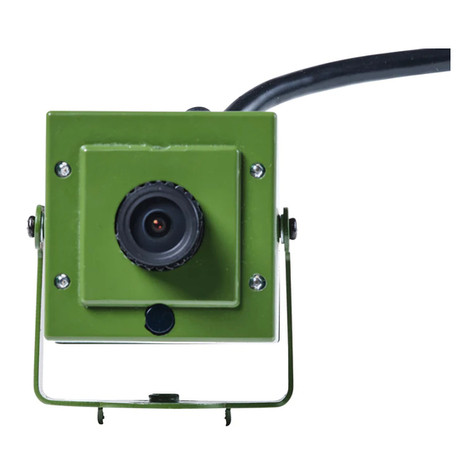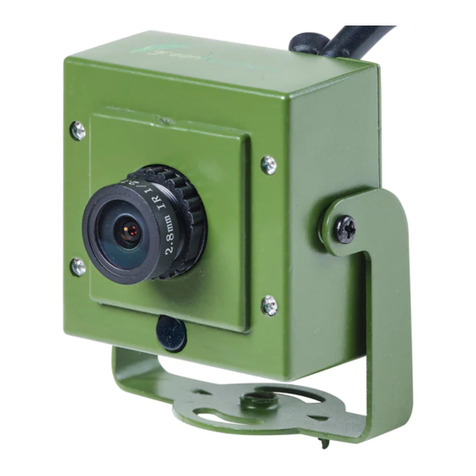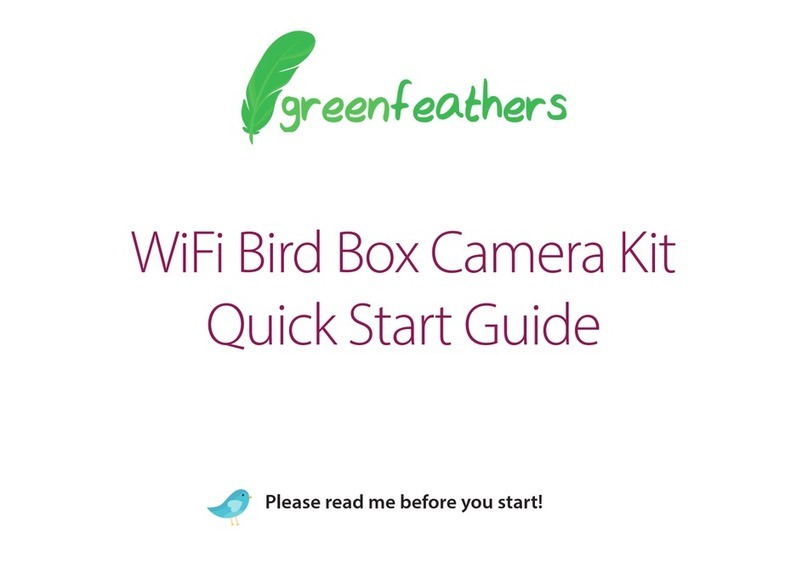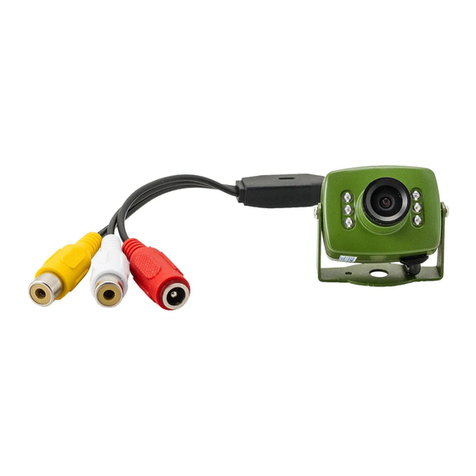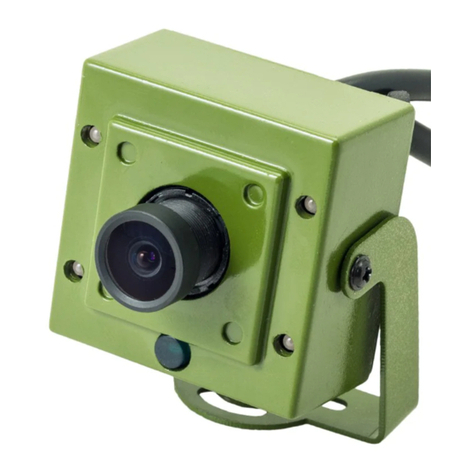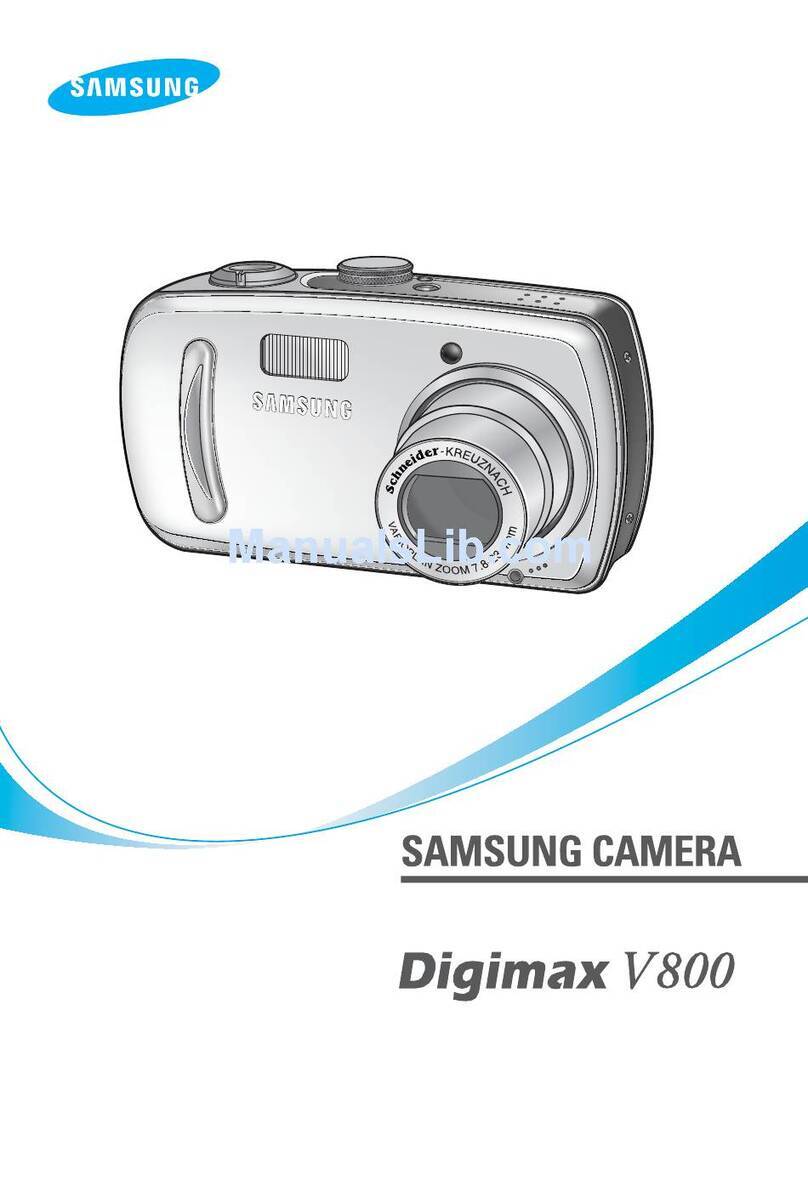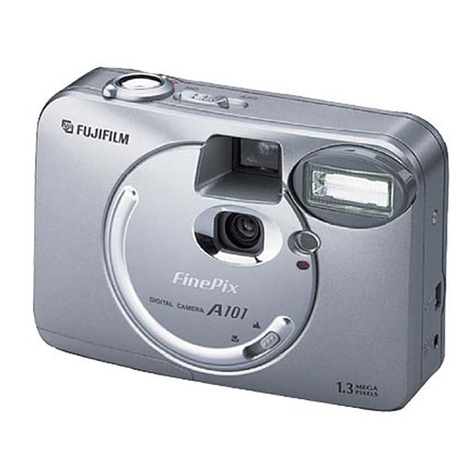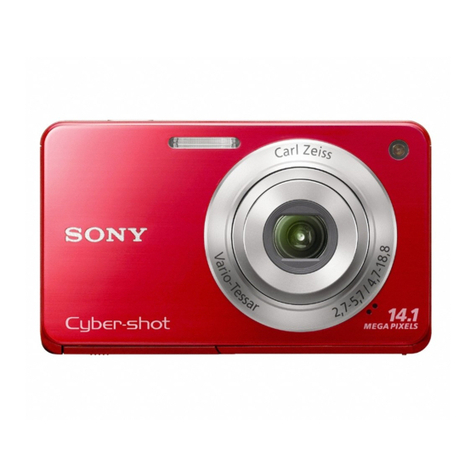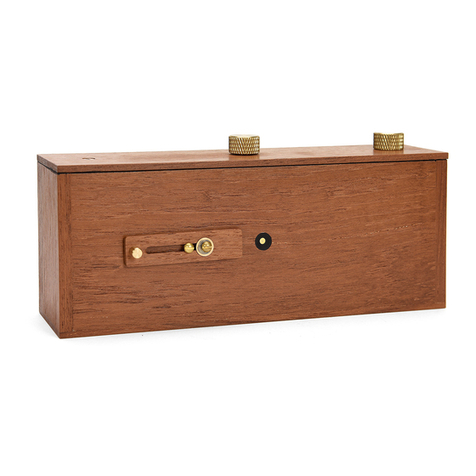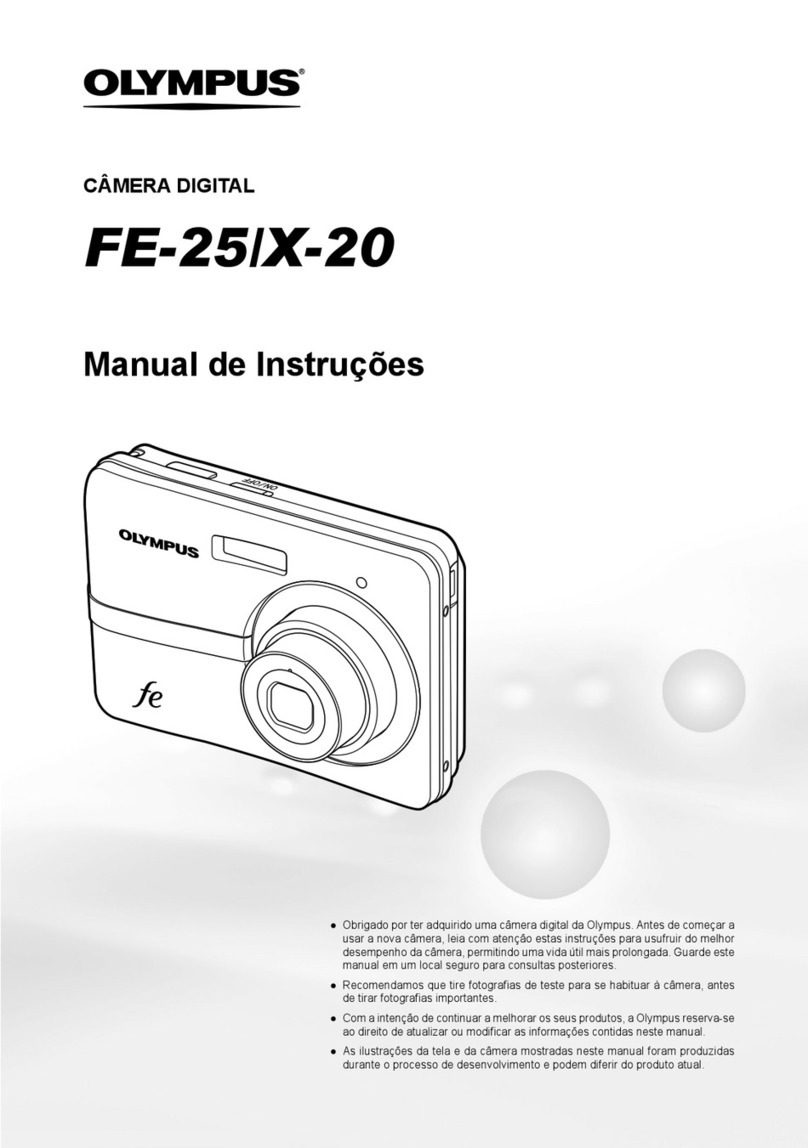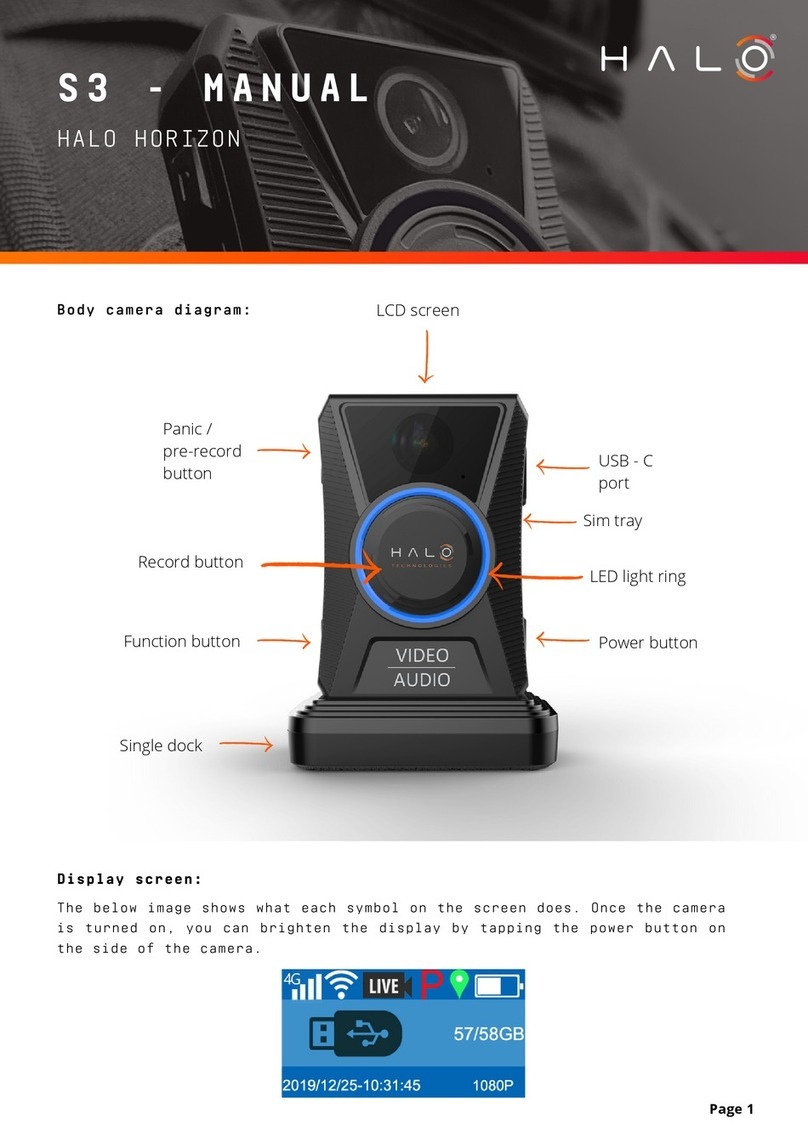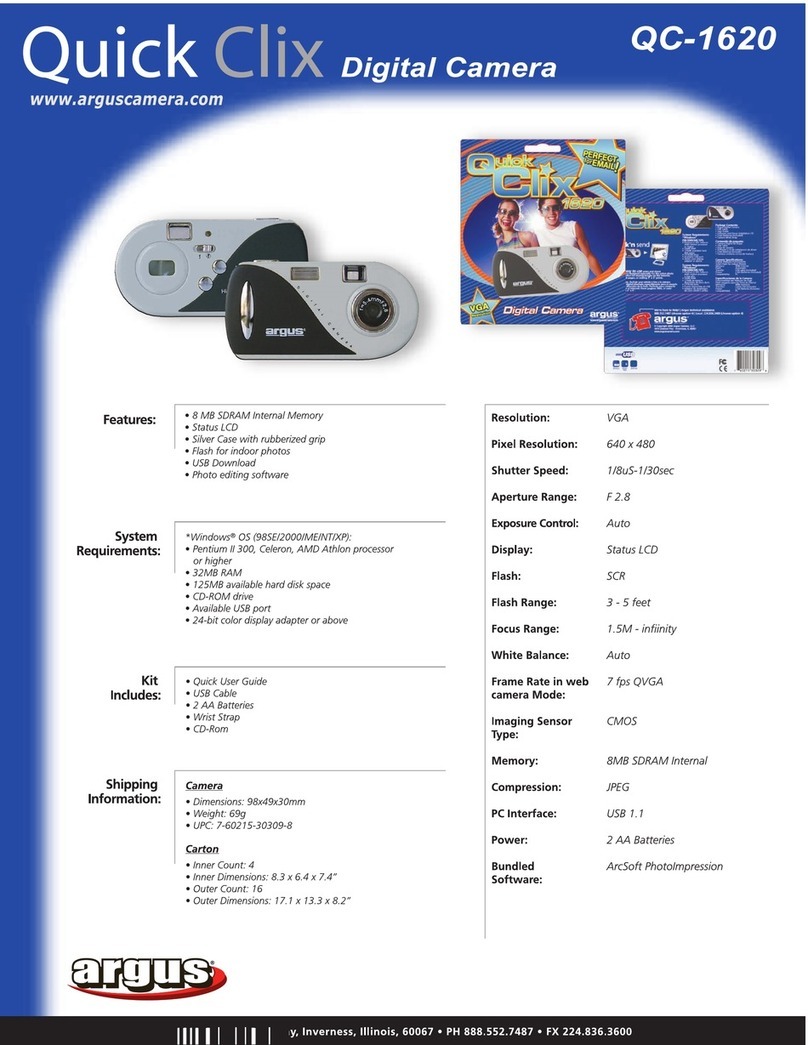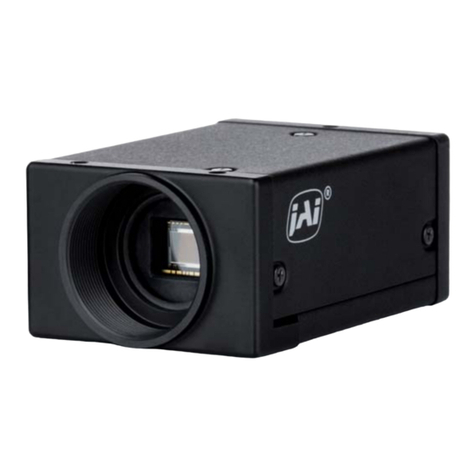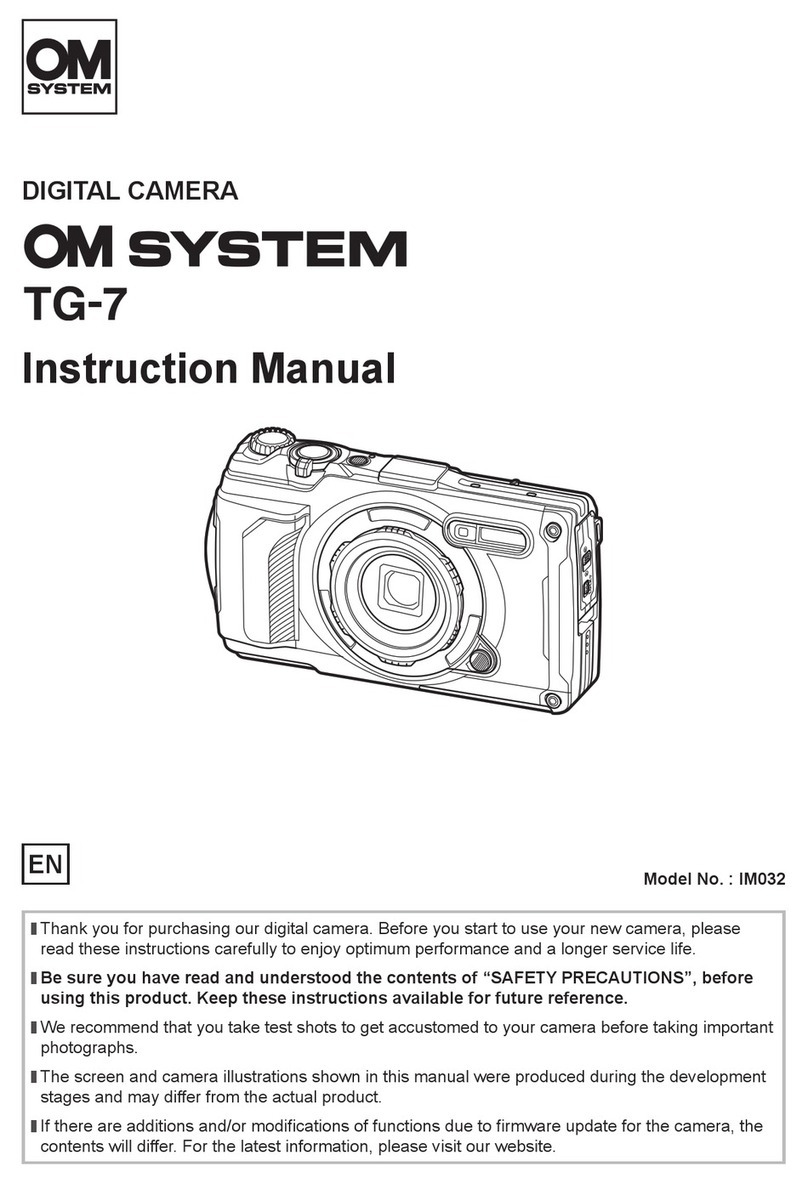greenfeathers NCIP2WF User manual

WiFi Bird Box Camera
Quick Start Guide
Please read me before you start!


3
Congratulations! You are now the proud owner of a Green Feathers Bird Box
Camera. For years we have been a leading provider of wildlife cameras and
our bird box cameras are a number one choice for those wanting to watch
wildlife in their very own garden from the comfort of the sofa.
Please take a couple of minutes to have a read through this booklet before
you get started. Not only are there some helpful hints and tips, but we also
have some guidelines to help you plan the installation of your camera.
With just a bit of time, a cup of tea and a friend you’ll be up-and-running in
no time. We hope you enjoy your camera!
Updated: March 2020

Getting Started
1 Attaching the bracket
Find the green camera bracket and two tiny black screws.
The arms of the bracket can be bent inwards and securely
attached to the camera by lining it up with the holes on the
sides of the camera. In some cases it is easier to mount the
bracket to the bird box rst and then attach the camera.
2 Inserting the MicroSD Card
If you are using a microSD card for recording storage, insert
this into the slot gently with the pins facing the lens. Ensure
that you insert the card before powering up the camera.
For best signal range, keep the antenna pointing up and away
from the camera.
3 Powering up the camera
Plug in power supply into the trailing cable of the camera and
remove the lens cap. Allow 30 seconds for the camera to boot.
You should hear the camera click once it has booted up.
The reset button is only used during setup and for factory
resets.

5
Before You Begin Setup
• Do not mount the camera into the bird box until you know it is working correctly
• Check the Wi-Fi strength at the site of your bird box using a smartphone or tablet
• Ensure Location Services are fully enabled on your phone or tablet
4 Download the app onto your smartphone or tablet
Search for iCSee Pro on Apple App Store or Google Play Store.
5 Add the camera to the app
The next part involves adding the camera to the app and then connecting
it to your WiFi network.
This process differs from device to device and we recommend reading our up-to-date
online guides on our dedicated help site with the step-by-step app setup process. Search
for NCIP2WF.
help.green-feathers.co.uk
Camera not being found?
Our help site also has various troubleshooting tips.

6
Conguring Camera Settings
You can congure basic camera settings using the app. Enter the settings menu while live
viewing the camera by tapping the Settings icon in the top-right.
How to Enable Audio
Go to Advanced Setting: Toggle on Audio and tap Save
How to Enable Motion Detection & Push Notications
This feature is currrently available on iOS only
Go to Alarm Setting: Toggle on Open Alarm, Set Alarm Action to Take a Video & Toggle on
Alarm Push
How to Format MicroSD card
Go to Storage Management: Tap Format SD Card
This will delete all recordings and snapshots on the card
How to Sync Time & Date
Go to General About Device: Tap Device Time & then OK

7
Installing the PC Software
When your camera is already connected to your network you can also watch and record
footage on your Windows PC. To do this, you can download the Gamut CMS5 software.
Download and install the software from this link: https://bit.ly/2wFZVI5
• Once installed, nd and run CMS5. Click Login.
• Select Device Manage .
• Find your camera in the list and select the tick box.
• Click Add.
If you have set a password, click on the pencil icon on the
right and enter it here.
• Now head back to the Home menu and open Monitor .
• Find your device on the right and double-click.
• Now the live stream should appear.
• You can watch back recorded footage using the Playback section.
Using a Mac?
Please visit our help site to nd out how to install the VMS software.
help.green-feathers.co.uk

8
Mounting the Camera Into Your Bird Box
If you have one of our bird boxes:
The box has a pre-drilled 6mm hole on the rear panel. You
simply need to pass the provided 5M screw through this
hole and screw into the thread on the camera bracket to
mount the camera securely to the box.
If you do not have one of our bird boxes:
Drill a 6mm hole into your nest box in a suitable area on
the upper part of the rear panel. Then, use the provided 5M
screw to mount the camera by passing the screw through
the hole and screwing into the thread on the camera
bracket.
REAR
OF BOX
INSIDE
BOX

9
Boosting the Lighting in Your Bird Box
Your camera’s night vision helps to improve the picture at night but you can benet from
adding an extra light source to improve daytime images. Use one of our energy-efficient
LED lamps to help with this.
Our daylight lamps automatically switch off at night to ensure the birds are not disturbed
and get a good night’s sleep. They provide extra light during the day to boost your camera
image’s vibrancy and exposure.
Search our website for BBLED to nd out more.

10
Where to Place Your Bird Box
Different birds have different needs when it comes to choosing where to place your bird
box. Generally you should look to place your box in a quiet spot in the garden amongst
other plants or trees, making sure to leave a clear path in for your birds to make their
landing.
Unless there is a tree or building providing shade, it is generally a good idea to face the box
between north and east to avoid direct sunlight and strong winds. Tilting the box slightly
forward will also help to prevent rain from coming straight into the nesting area.
For blackbirds, robins and wrens you should place your bird box 1.5 to 2 metres high, well
surrounded by planting.
For sparrows, starlings, tits and spotted ycatchers you should place your bird box 2 to 4
metres high and slightly covered with a clear entrance.
For woodpeckers, owls and kestrels you should place your bird box between 3 to 5 metres
high in a nice open space.
If there are cats and other bird predators in the area then you should look to place
your bird box a minimum of 2 metres above ground level.

11
WHERE TO PLACE YOUR BIRDBOX
Dierent birds have dierent needs when it comes to choosing where to place your
birdbox. Generally you should look to place your box in a quiet spot in the garden
amongst other plants or trees, making sure to leave a clear path in for your birds to
make their landing.
Unless there is a tree or building providing shade, it is generally a good idea to face
the box between north and east to avoid direct sunlight and strong winds. Tilting
the box slightly forward will also help to prevent rain from coming straight into the
nesting area.
For bluebirds, robins and wrens you should place your birdbox 1.5 to 2 metres high,
well surrounded by planting.
For sparrows, starlings, tits and spotted ycatchers you should place your birdbox
2m - 4m high and slightly covered with a clear entrance.
For woodpeckers, owls and kestrels you should place your birdbox between 3m -
5m high, in a nice open space.
If there are cats and other bird predators in the area then you should look to place
your bird box a minimum of 2m above ground level.
11
2m - Robins, Wrens
3m - Sparrows, Tits, Starlings
5m - Woodpeckers, Owls

12

13
Declaration of Conformity
Dear Customer,
We, Open 24 Seven Ltd., hereby declare that the product:
Green Feathers WiFi Bird Box Camera
Conforms to the appropriate standards to achieve CE. To nd out more information on the
conformity of this product please visit our website and search for your product code or use
the link below.
bit.ly/38INrBQ
Signed,
Chris Barrell
Operations Director
Importer’s address: Open 24 Seven Ltd., Unit 3 Netham View Road, Netham Road, Bristol, BS5 9PQ
Signed,

14
Something fun for a Saturday afternoon
to attract wildlife into your garden. Great
in winter when food is scarce. Productive,
enjoyable and most of all cheap!
Types of Container
Yoghurt pots
Coconut shells
Small plant pots
String
Lollipop sticks or twigs
Ingredients
Lard or suet
Bird seed
Porridge oats
Peanuts (suitable for birds)
Raisins
Kitchen scraps
Equipment
Mixing bowl
Saucepan
Mixing spoon
Cling lm
Bowl of cold water
Rubber gloves (optional)

15
Method
1. Melt the lard/suet into the saucepan, don’t let it burn
2. Once melted, put all dry ingredients into a mixing bowl and then add the lard/suet. If
you are going to mix everything together using your hands then make sure that the fat has
cooled down enough before you get your hands stuck in!
3. Preparing the containers. Now you have the mixture ready, get a piece of string and
loop it and tie a knot in the end of it. Remember not to make the loop too small such that it
won’t t over the branch/hook etc.
4. Press the soft mixture into the yoghurt pot/chosen container and around the string,
making it as compact as possible so that the string doesn’t escape.
5. Once lled to the top of the yoghurt pot, leave the mixture to cool.
Storing in a cold shed or garage would be ideal, you could just as easily
store them in the fridge.
6. After the mixture is chilled, you need to remove it from the container.
The best way to do this is to partially ll a bowl with warm water and
place the container in. This way the water will warm the fast slightly in
order to soften it allowing you to remove the fat balls.

Find more help online
Read our in-depth set-up guides.
help.green-feathers.co.uk
Send Us Your Footage
Do you have some excellent footage captured on your bird box camera? Send us your video
or images and we’ll give you an exclusive discount code for your friends and family.
There are many ways to get in touch with us:
info@green-feathers.co.uk
@GreenFeathersUK
/greenfeathersbbc
@greenfeathers
Table of contents
Other greenfeathers Digital Camera manuals
Popular Digital Camera manuals by other brands
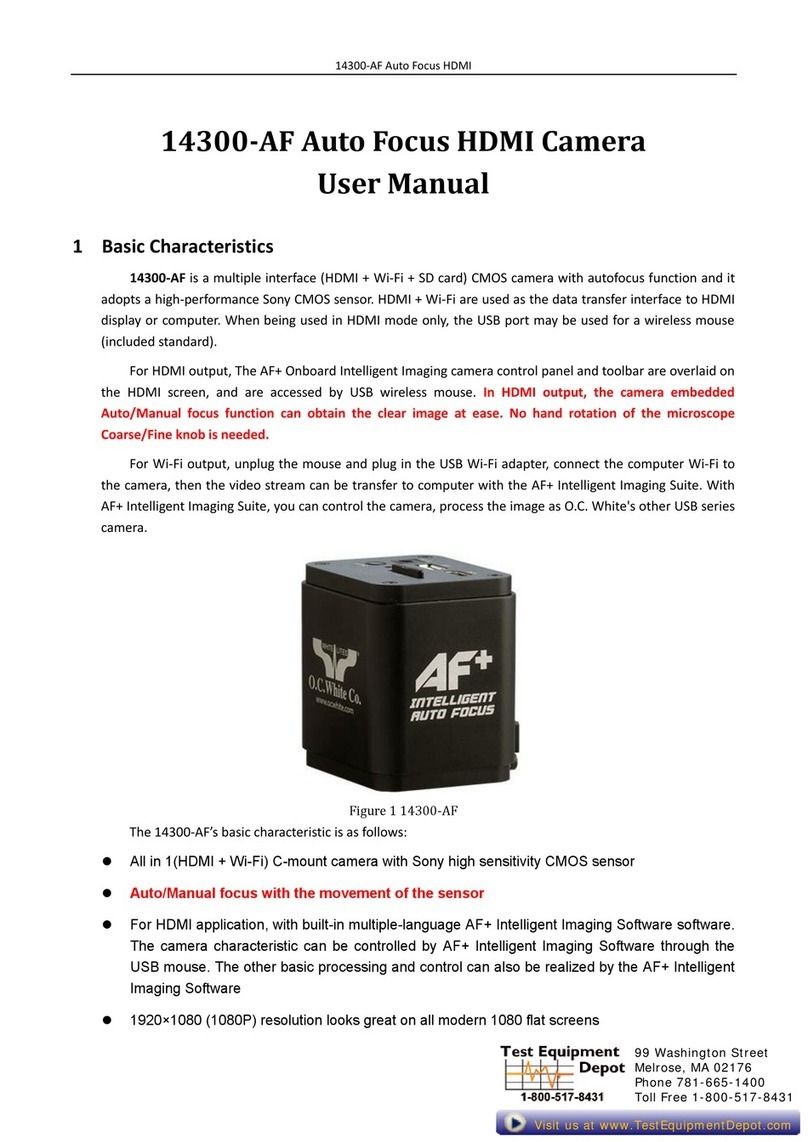
Test Equipment Depot
Test Equipment Depot 1430-AF user manual
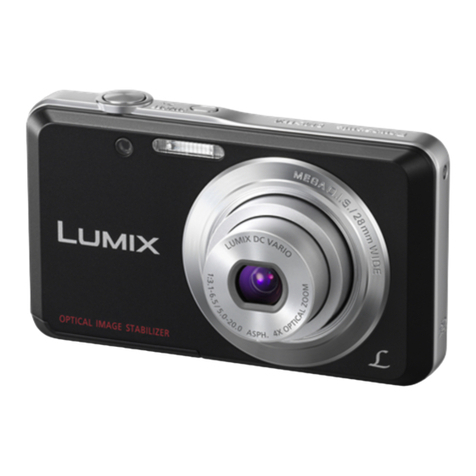
Panasonic
Panasonic Lumix DMC-FH4PC Service manual

Better Light
Better Light SuperModels Super 8K-HS datasheet
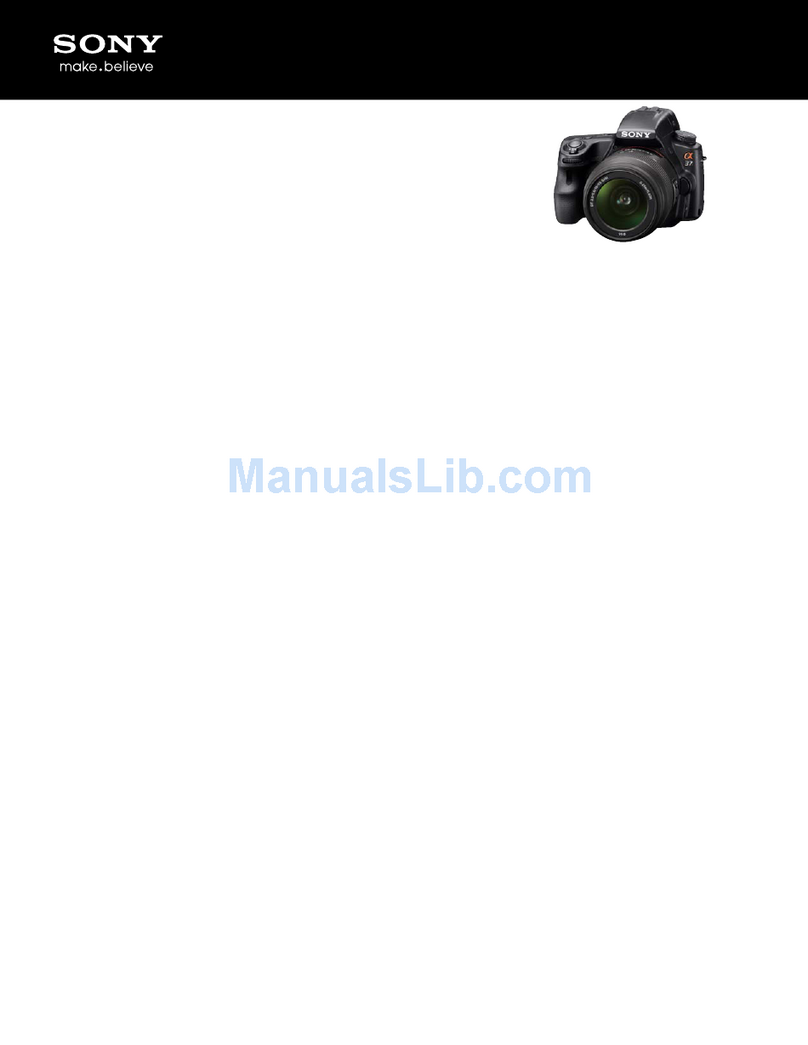
Sony
Sony Alpha SLT-A37K Specifications
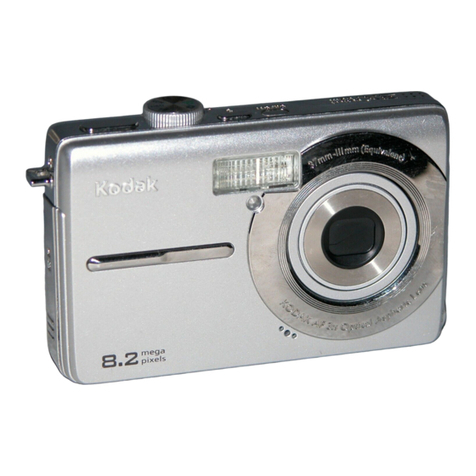
Kodak
Kodak EasyShare MD753 user guide
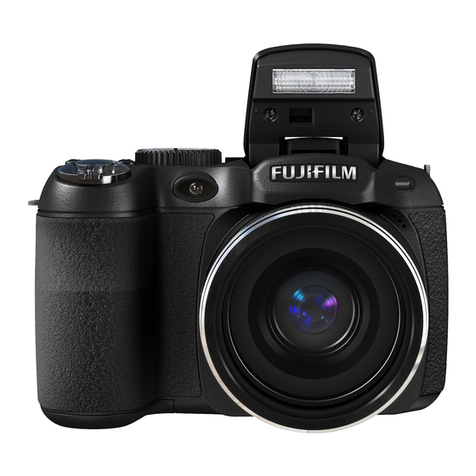
FujiFilm
FujiFilm FinePix S2800HD Series Manual del propietario
